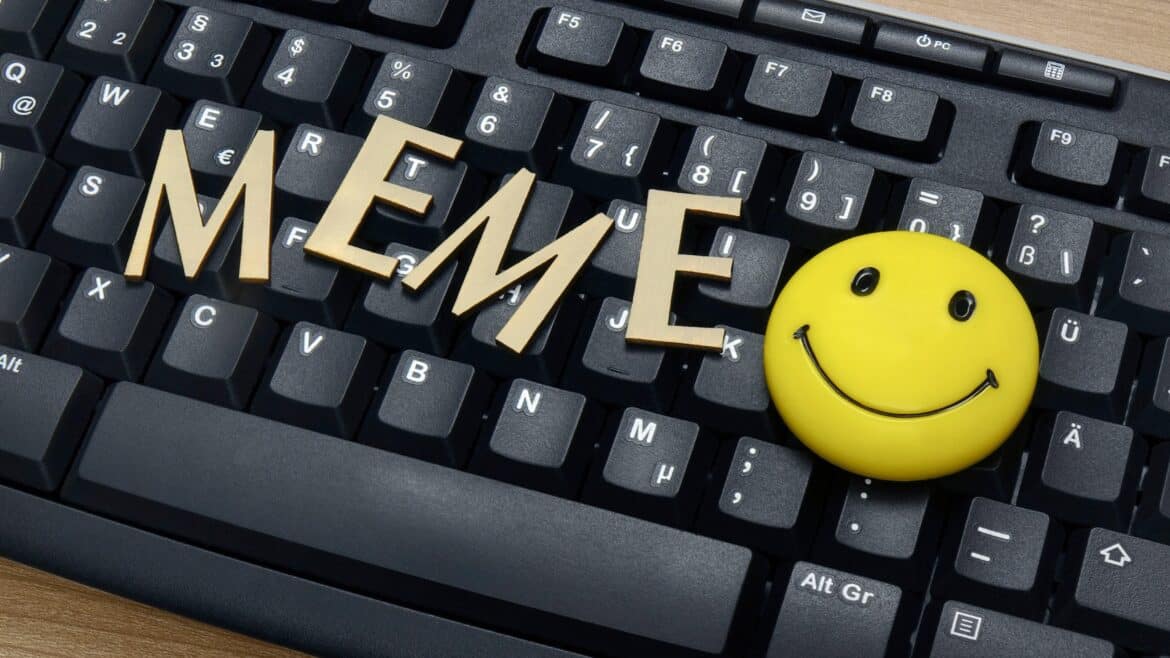2.7K
The 6-7 meme is a viral internet trend that has been popular since 2025, especially among young people and on social media platforms such as TikTok and Instagram.
Origin of the 6-7 meme
The origin of the 6-7 meme lies in the song “Doot Doot” by US rapper Skrilla, in which the numbers “six, seven” are mentioned.
- The phrase refers to 67th Street in Philadelphia, where Skrilla grew up. However, the meme became particularly popular through basketball videos.
- US basketball player LaMelo Ball is mentioned frequently in this context, as he is 6 feet 7 inches (approx. 2.01 m) tall, which made the numbers 6 and 7 seem like a fitting “inside joke.”
The meaning of the social media trend
Basically, the 6-7 meme has no deeper meaning.
- It is a running gag and a reaction trend in which young people shout “six, seven,” often accompanied by a typical hand gesture: the palms are weighed against each other as if one were hesitating between two options.
- The meme works as a joke, for fun, and marks an inside joke that adults and outsiders usually do not understand. This absurd and indefinable meaning makes the 6-7 meme particularly trendy among Generation Alpha (born between approximately 2010 and 2025).
Spread and impact of the 6-7 meme
The 6-7 meme is used by young people as an exclamation in sports videos, TikTok videos, chats, and also in everyday life.
- The “67 Kid” (also known as “Mason 67”) became particularly well known, a boy who shouted “six, seven” into the camera during a basketball game in a viral video. This clip led to a flood of other videos and memes.
- The 6-7 meme is representative of a type of social media humor (“brain rot”) that focuses on the pure fun of absurdity and the undermining of meaning – similar to other trends such as “Skibidi Toilet.” Some schools have already reported on the trend and have partially banned its use in class.
- In short, the 6-7 meme is a modern, unintentionally absurd internet phenomenon whose meaning and origin lie primarily in the fun and inside humor of youth culture. It serves as a symbol of the current dynamics and irony of digital communication and was even voted “Word of the Year” by Dictionary.com in 2025.

